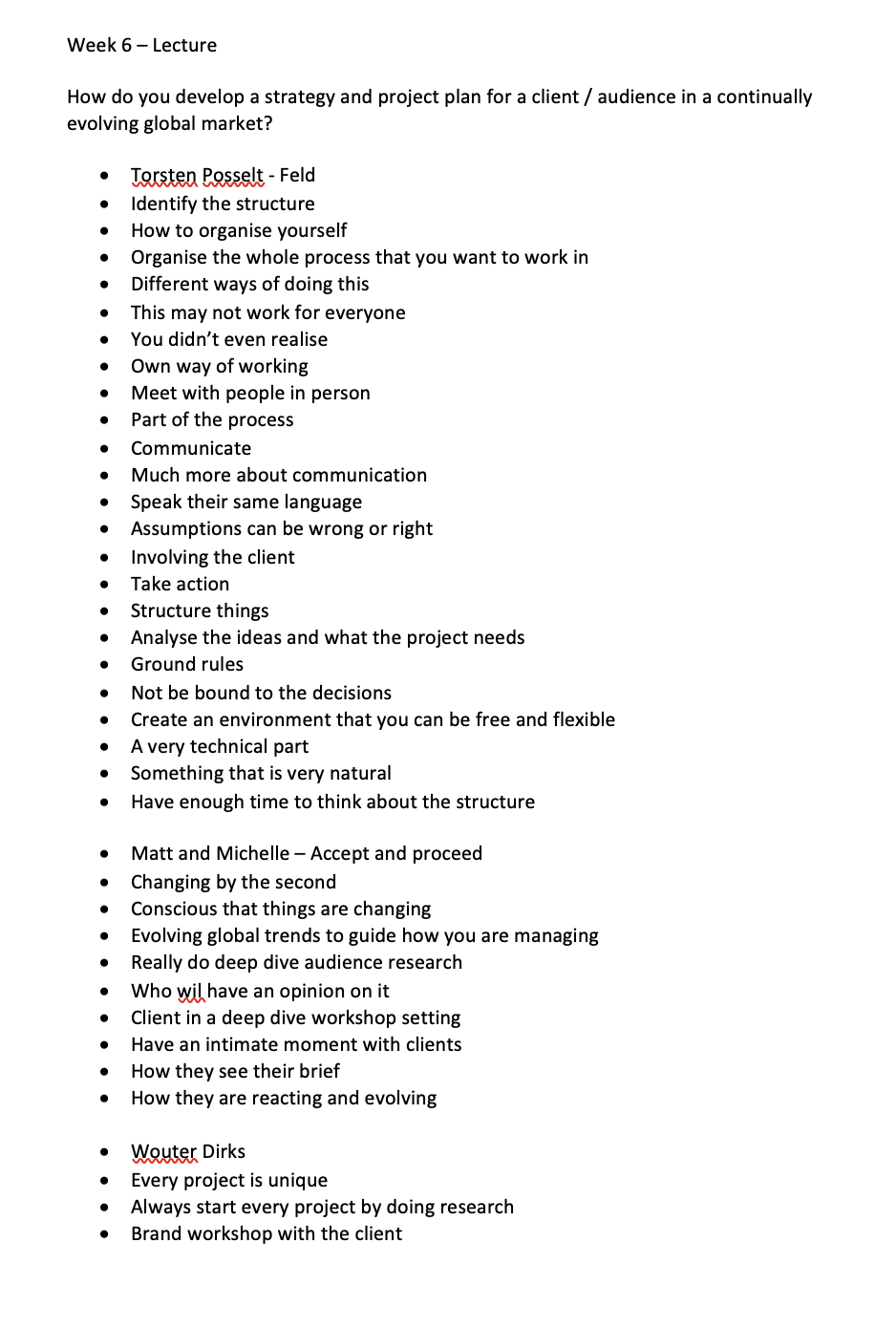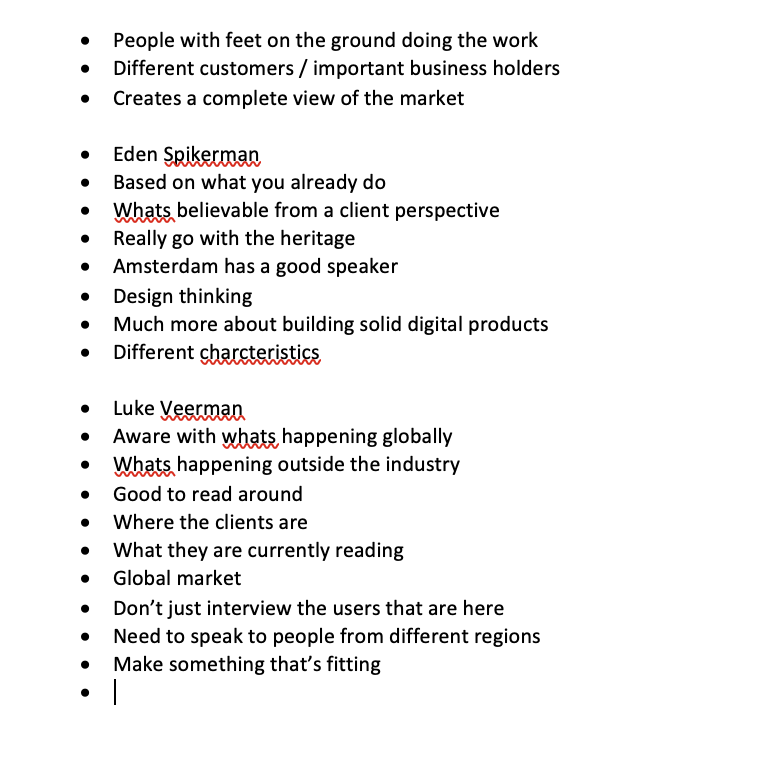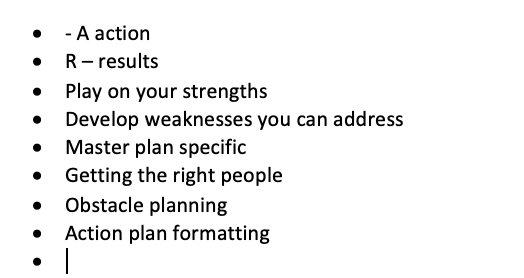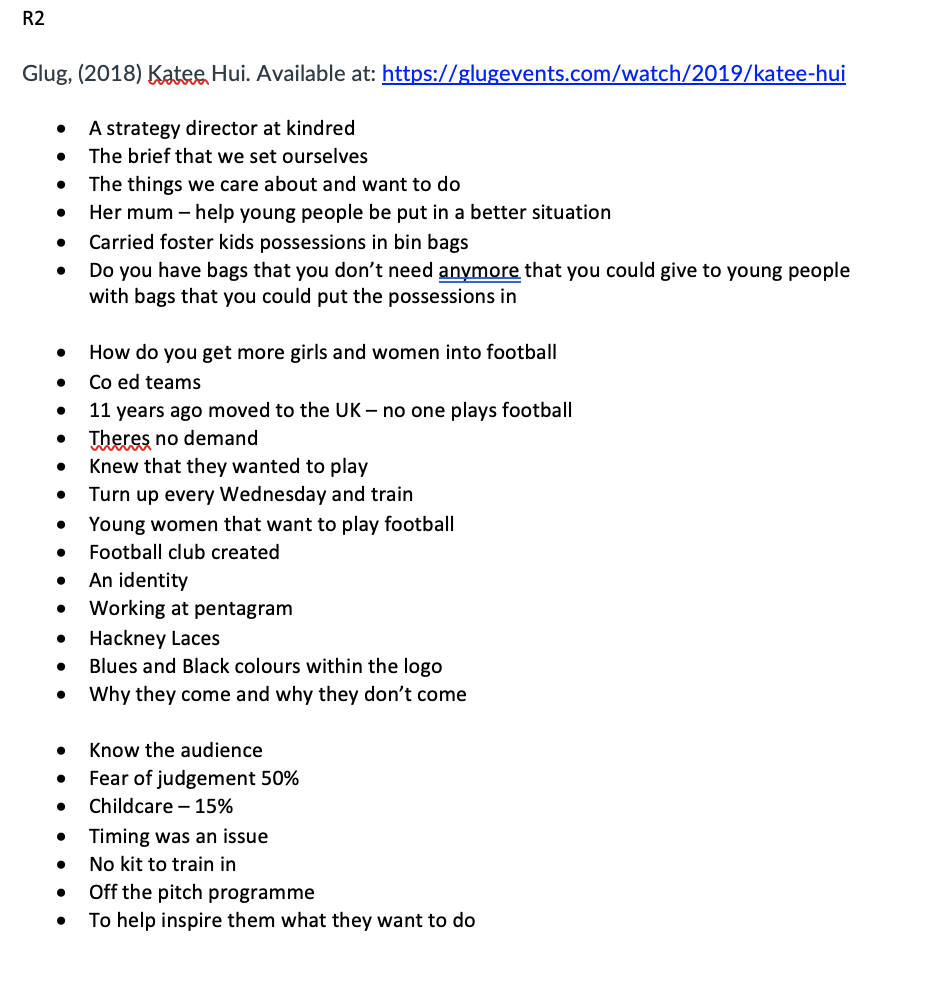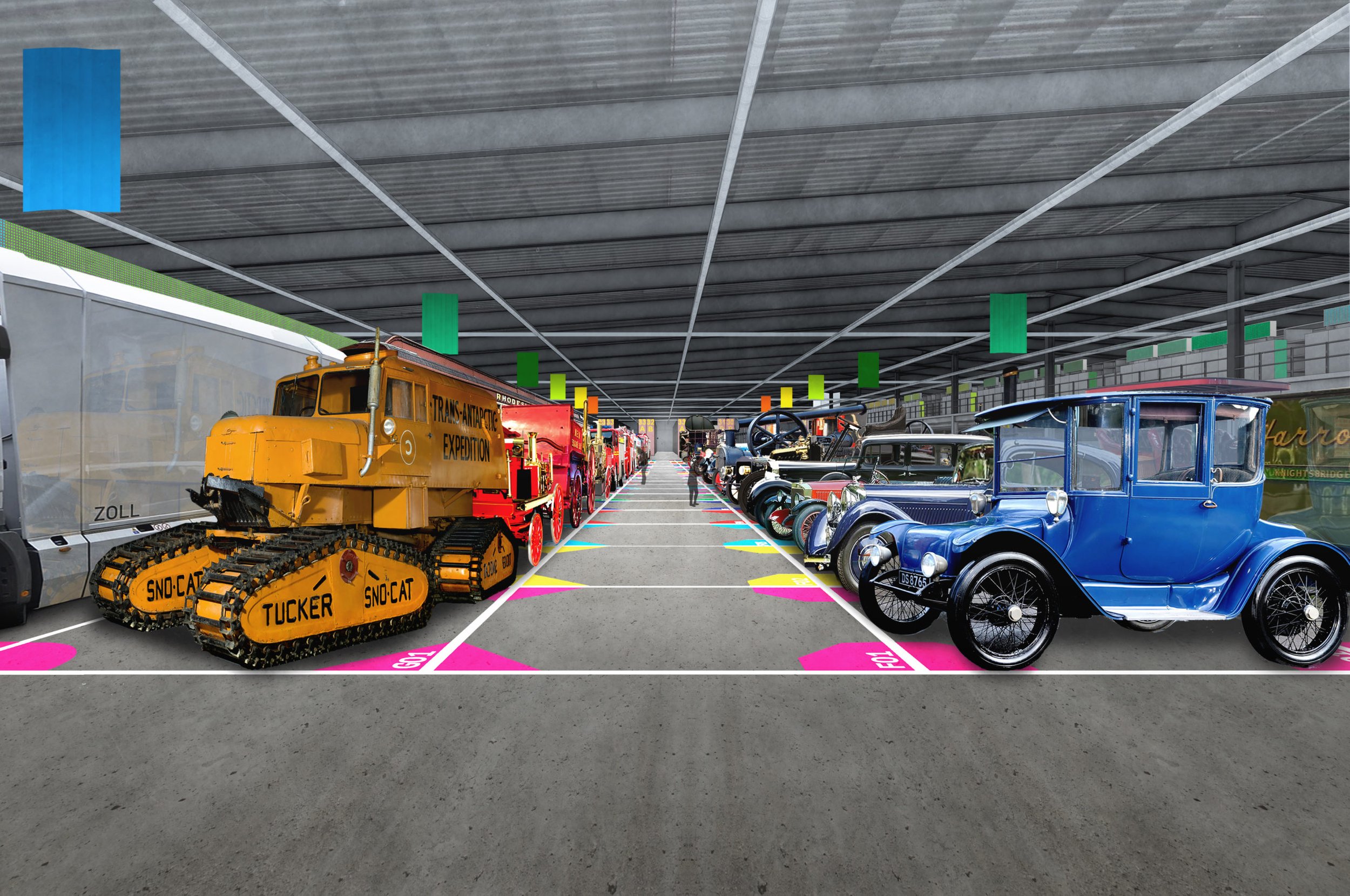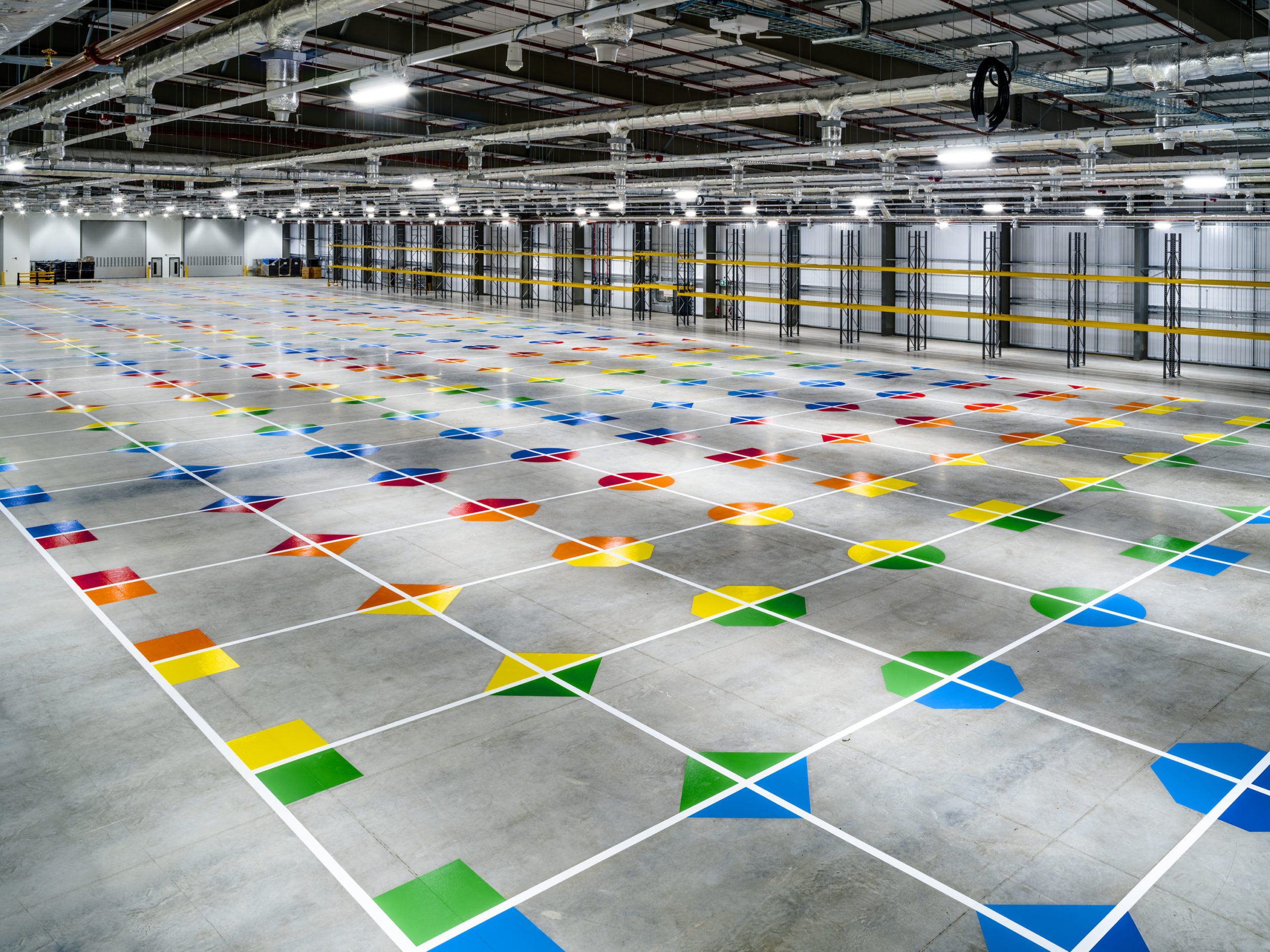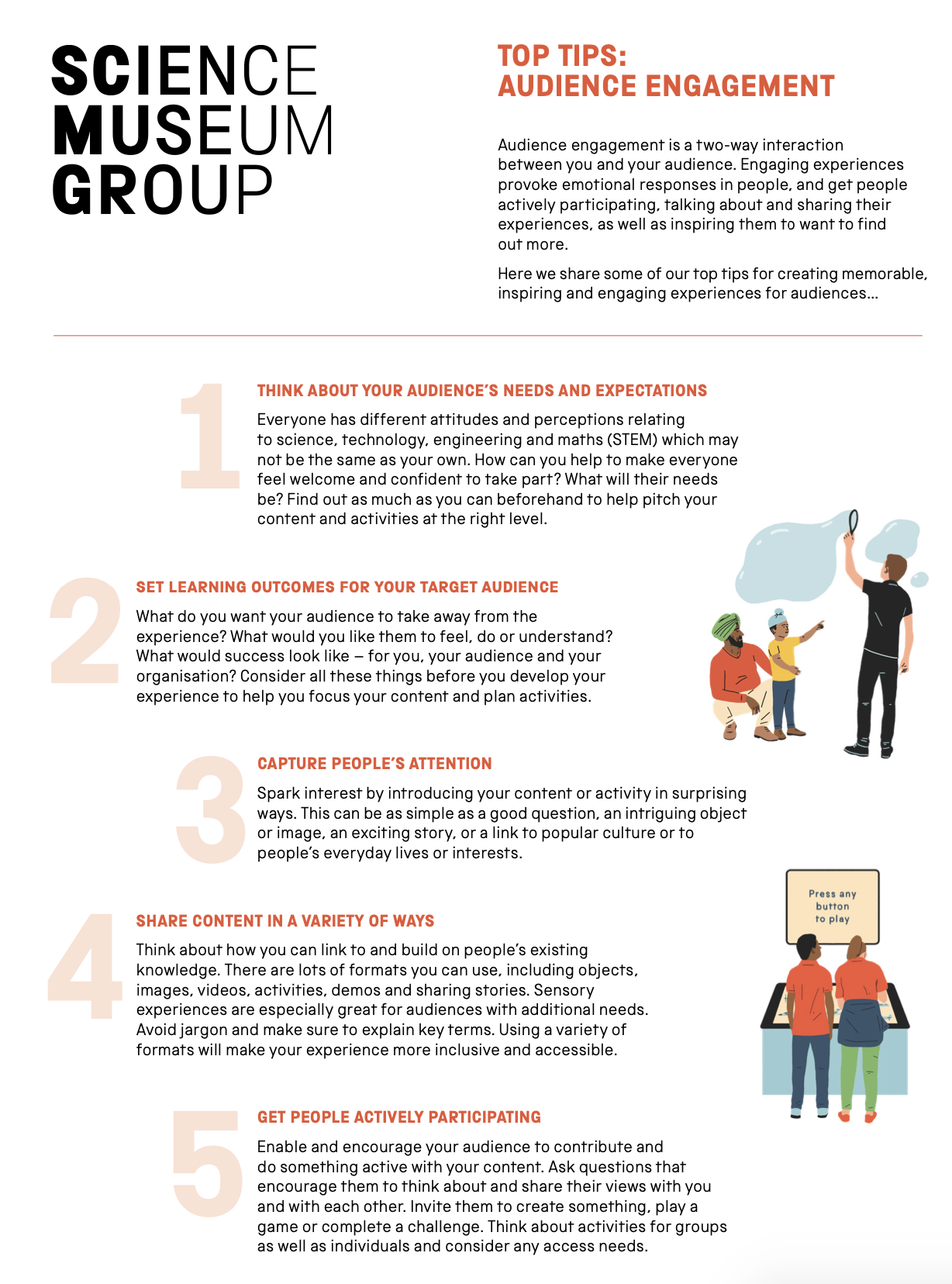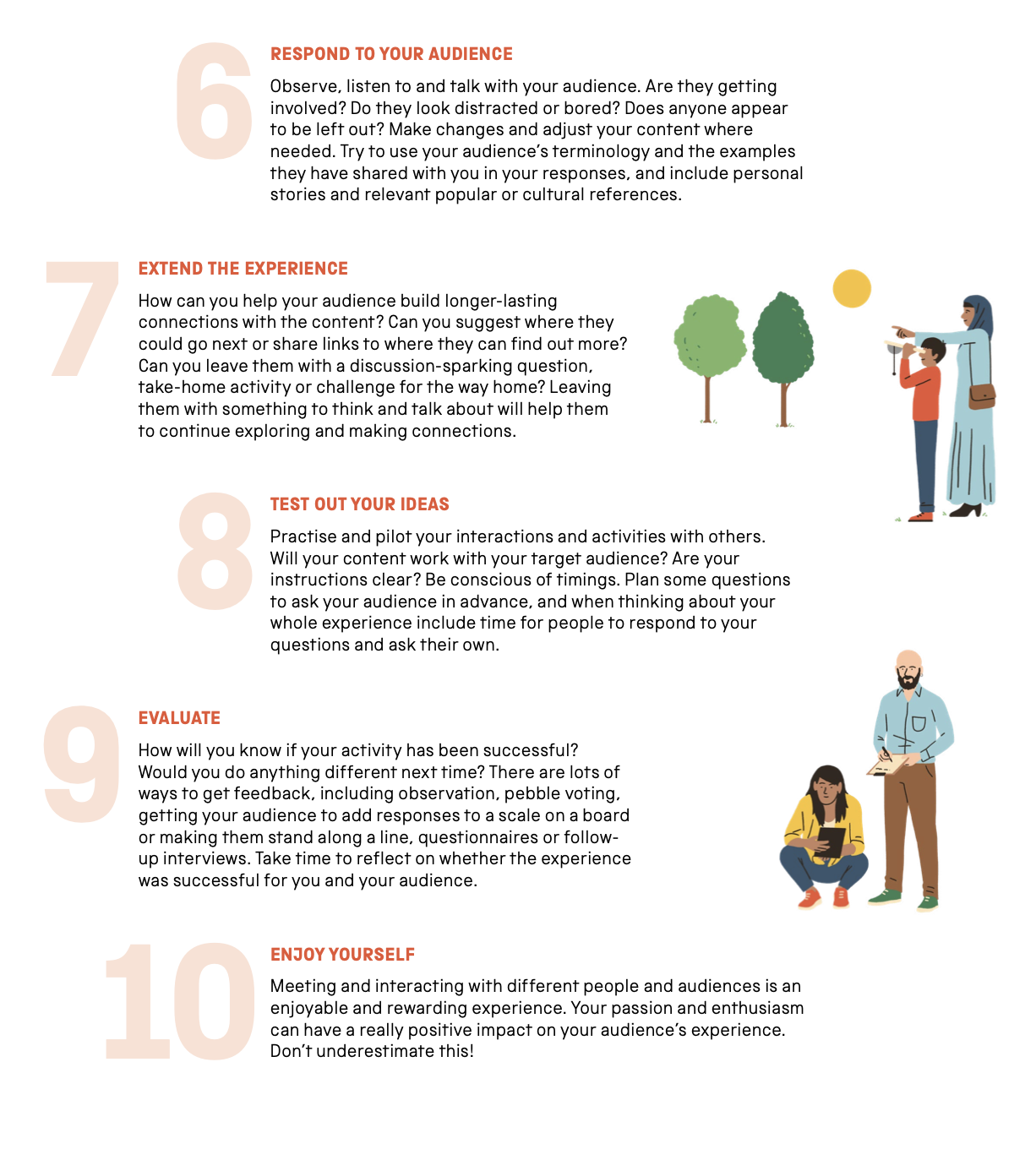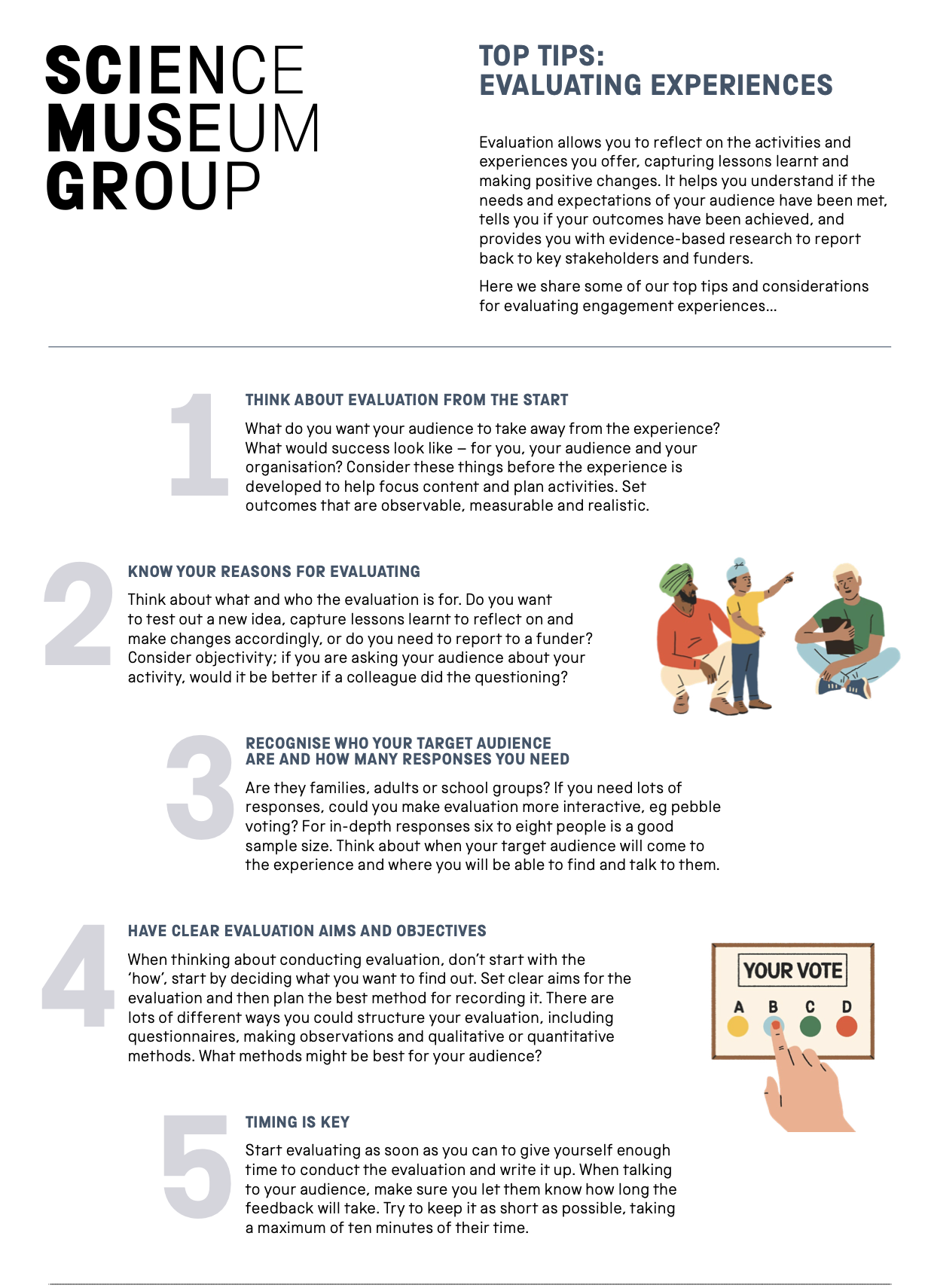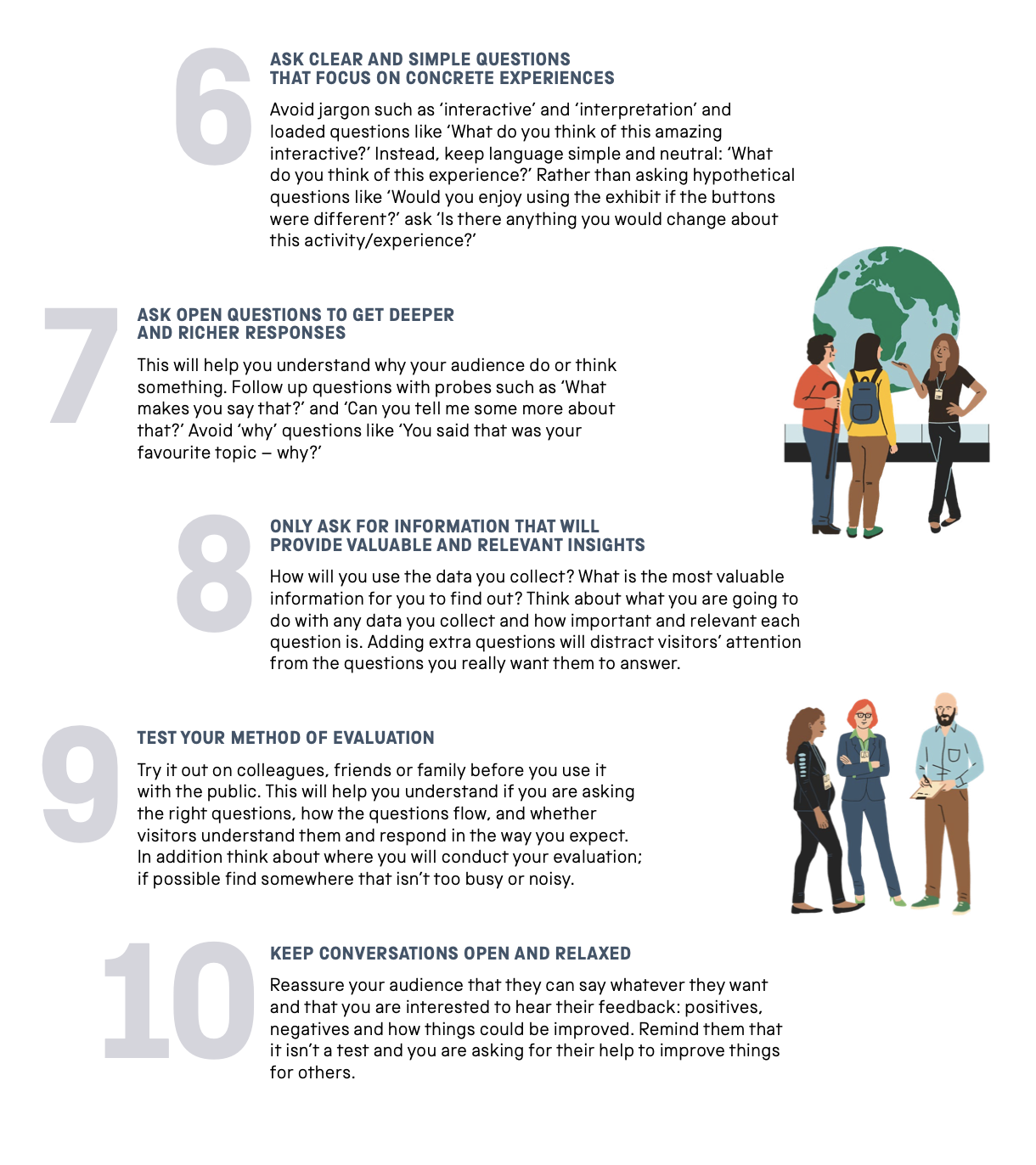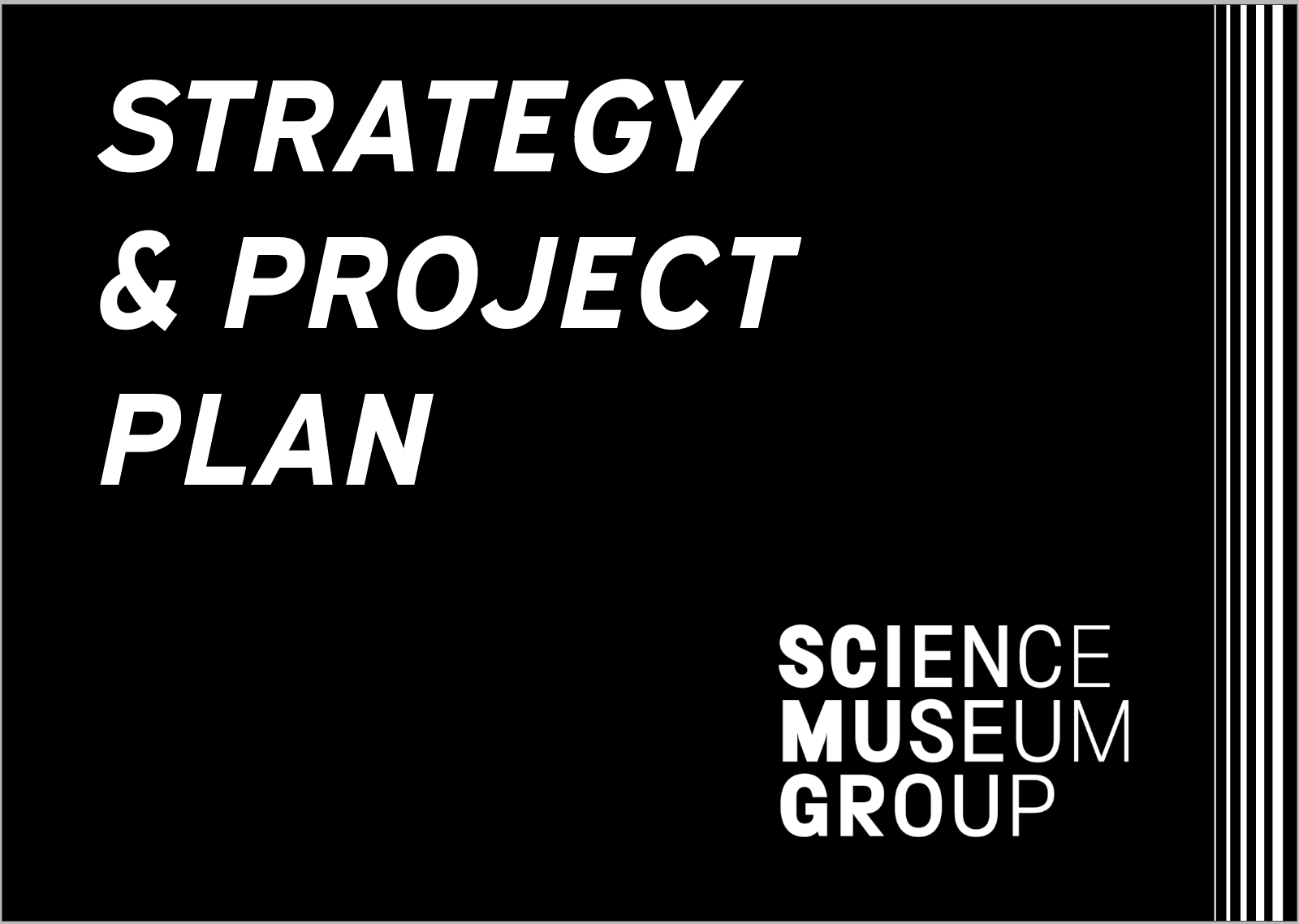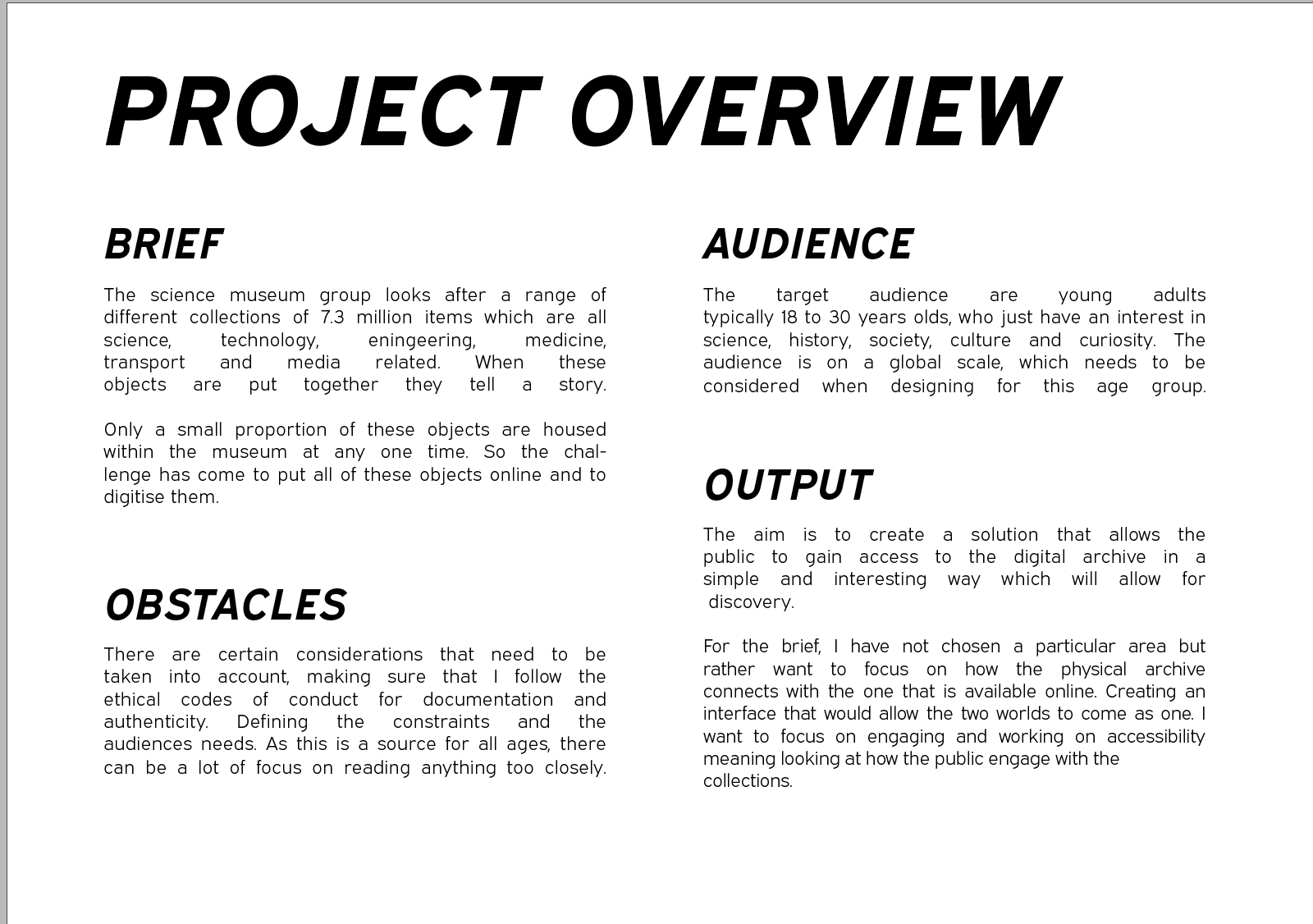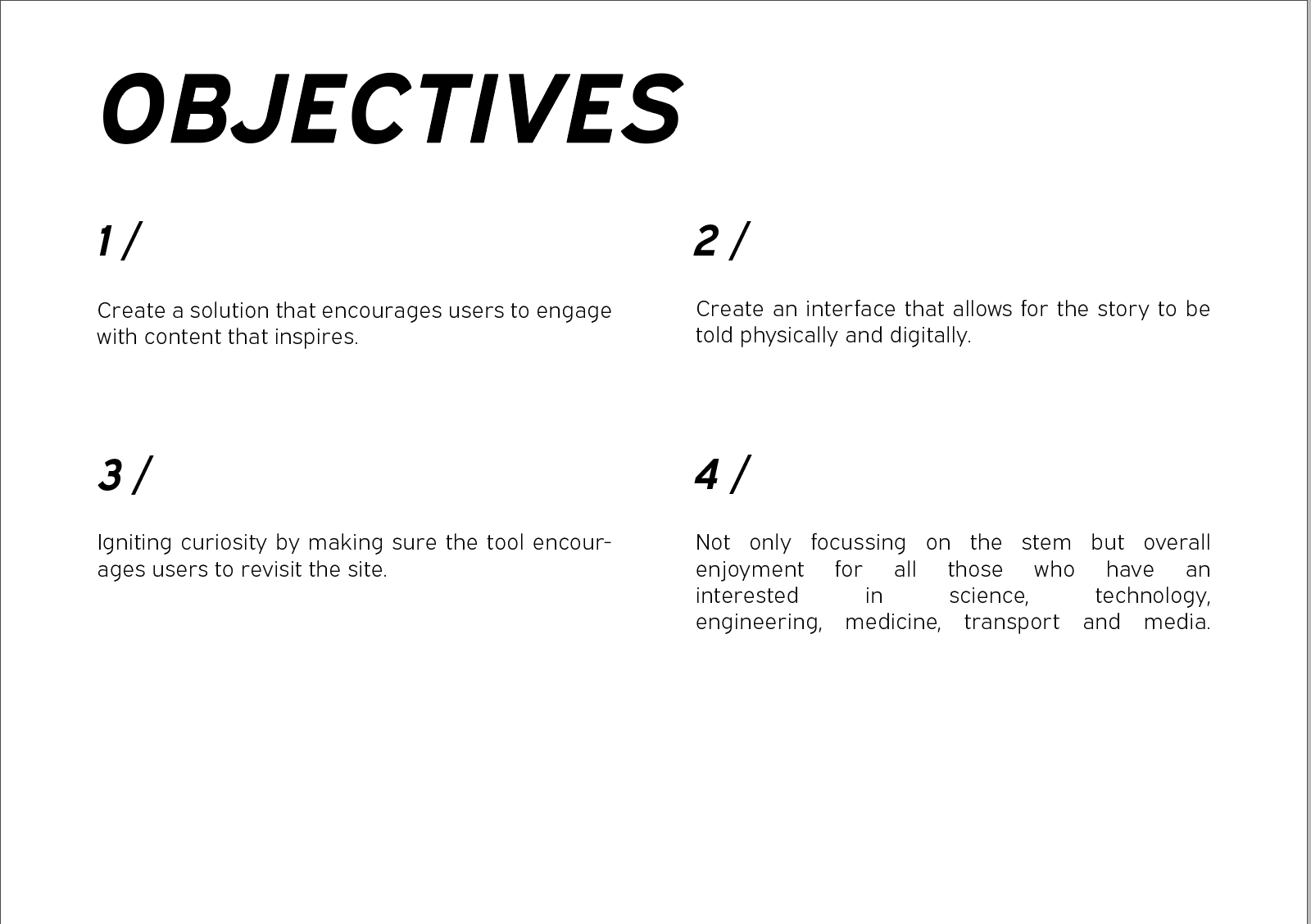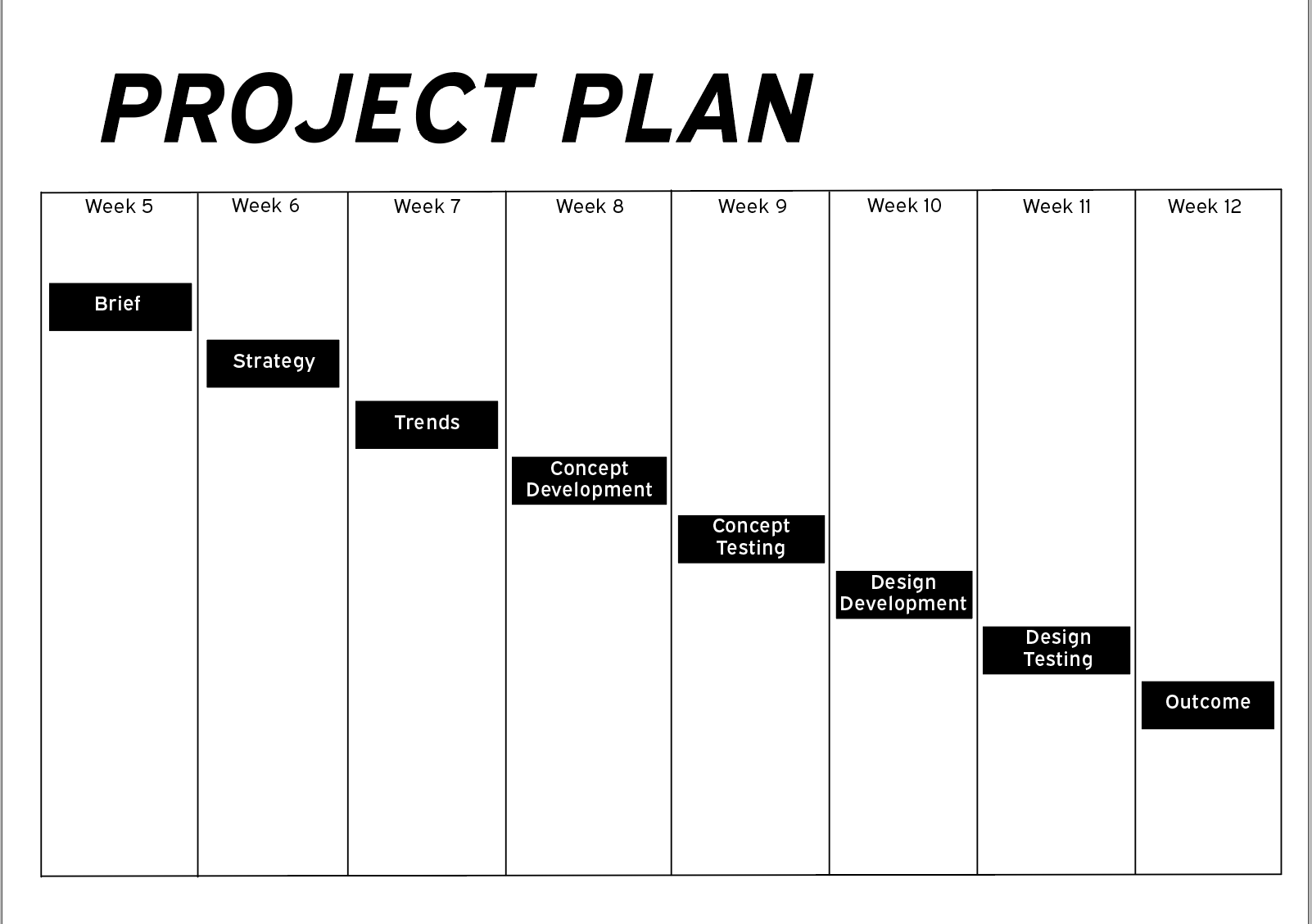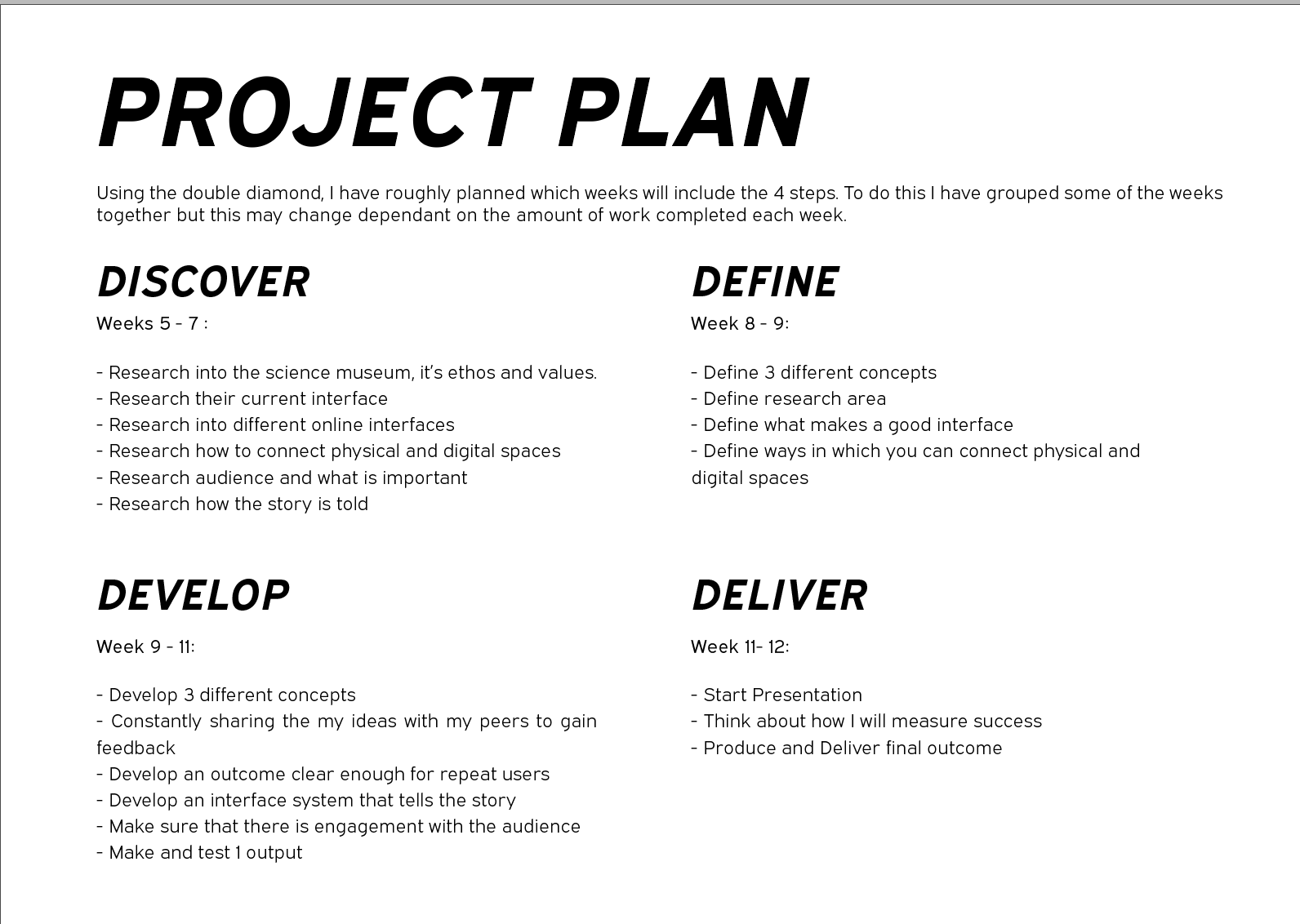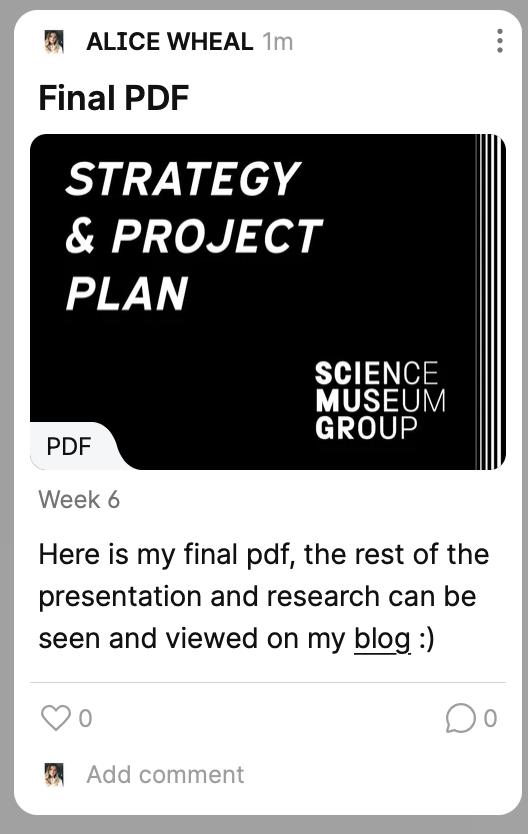Week Six
Lecture Notes:
Lecture Reflection:
The main people that stood out to me within this lecture was Feld and Luke Veerman from Eden Spikerman. Within Feld, they spoke about how to identify the structure and organise yourself to how you want to work as this can be different for everyone. Thinking about the structure but also analysing the ideas of what the project may need by having some ground rules that you always follow. Accept and Proceed had a contradictory approach with looking at how the world is changing every second and working directly with the client and their brief with workshops and audience workshops too as this allows them to be at the front of the brief. Luke Veerman agreed with this approach as he also said that you need to constantly be looking at whats happening globally and interviewing the whole region.
Resource Notes:
Resource Reflection:
R1
Creating the perfect Brief
· Phase 1- visual audit
· Phase 2 – 6 design concepts
· Phase 3- test concepts
· Phase 4 – select three concept and further refine
· Phase 5 – fully develop one
· Phase 6 – develop
· Phase 7 – implement
· P – problem
· A - action
· R – results
R2
Kate Hui talking about the project of starting her own girls football club. I thought that this was a really motivational lecture due to the fact that she saw where the problem was and that she could help change it. Now she has created this community across London where she asks the players what they need. She found out information about the audience, grew the team and also created a new narrative. I think this really relates to the adidas brief that I researched last week.
Research:
Who is your target audience and how can you communicate with it? What tools are available to reach a global audience? What strategies can you put in place, to reach your target audience?
More Science Museum Research
Having touched on this last week, I wanted to look more into the science museum that would also help me with this weeks workshop challenge.
Collection Facility
https://www.sciencemuseumgroup.org.uk/blog/first-objects-arrive-in-new-home/
This article on the science museum group, is talking about the range of 300,000 objects that have arrived in a collection facility in Wiltshire. It talks about the conditions of the space and how this looks at the long term care of the collection. “The new facility enable us to better store, conserve, research and photograph our unique collection, while also improving the process of displaying items in our five museums and increasing the number of items we will be able to loan to UK and international institutions.”
The larger items are housed on the large open space with the colourful grid which was designed by sam jacob studio. The floor system looks at housing the items effectively. Helping people find their way around the space. They are also placing all the collection online.
Sustainability is mentioned to be at the heart of the facility, with high insulation and airtight design which is needed for the long term care.
“A ‘fabric first’ approach has maximised the performance of the facility’s building materials, reducing energy consumption, costs and carbon emissions. Solar panels contribute to the facility’s electricity needs, while a loading bay airlock, limited access points and smart LED lighting further reduces energy usage.
Outside the facility, dedicated electric car charging points will encourage more sustainable transport methods, complementing the hydrogen and electric vehicles we already use. Recycled plastic road materials and grasscrete are providing more sustainable surfaces for access roads and the service yard, aiding drainage and reducing carbon emissions.
Rainwater falling on the facility will be captured, helping create a large wetland area encircled by Clouts Wood, a Site of Special Scientific Interest. Constructed at the National Collections Centre, the facility will also join the site’s 30 hectares of native woodlands and one of the UK’s largest solar farms.”
Learning strategy
https://learning.sciencemuseumgroup.org.uk/learning/learning-strategy-2020-2030/
This article just acknowledges the learning strategy that is place. It talks about how the science museum group is recognised for being with the Stem and other partners. From the origin of the great exhibition of 1851, history of engaging with people of all ages in science. “We inform, inspire and encourage learning on-site, as well as through outreach and online. We ignite curiosity around STEM by assisting discovery through active participation and social interaction.”
Inspiring futures, - Reach out, collaborate, innovate and lead.
Museum in a tab
https://chrome.google.com/webstore/detail/museum-in-a-tab/cimeodcpfcofmebahghcaiiidbaijnkl
To help raise awareness of the collection, this is museum in a tab. It is a new google chrome plug in that means you are able to see objects from across the collection each time you open a tab. This encourages the user to share it on their twitter or other social media to raise awareness.
Collection
https://www.sciencemuseumgroup.org.uk/about-us/collection/
Diverse collection of 7.3 million items. Telling the story of our world.
140,000 medical items
38,000 railway
26,000 scientific instruments
17,000 photographic and cinematographic
7,000 artwork
Able to see the work online via the website aswell as visiting it in person.
Sharing our engagement
https://learning.sciencemuseumgroup.org.uk/academy/sharing-our-experience/
This resource looks at the science museum groups approach. They talk about their approach of how they have the opportunity to work with both large audiences, small, on site and off site programmes and via the web. They also share some resources which are really helpful to understanding audience engagement, evaluating experiences.
Approach
https://learning.sciencemuseumgroup.org.uk/our-approach/
The mission of the science museum group, is to inspire futures. How can they have the opportunity that gives them the economic benefit? Bringing diversity and more people to engage in stem. Within this resource it also speaks about how they are engaging with science captial.
Science capital is research based insights. “The more science capital you have, the more likely you are to feel that STEM is useful and important in your life, something you have a stake in and which is ‘for you’.” `It is important to note that everyone has different experiences with stem. Everyone should feel able to study if they want too. “This means changing the environment that we invite audiences into so that everyone can make meaningful connections with the science, technology, engineering and maths that shapes their lives.”
Open for All
https://www.sciencemuseumgroup.org.uk/our-work/open-for-all/
This is one of the core values of the science museum group. “We are committed to ensuring that all people, be it our colleagues or the millions of people who visit our sites or engage with us online, see our museums and sites as places for them.
Our public programme, accessible practices, and the stories we tell through our collection all play an essential role in creating spaces that are open for everyone.”
After doing some research last week, there were some resources that were noted that I didn’t manage to take notes on:
LAST WEEKS RECAP
Within this article by Emily Fildes, she talks about how online storytelling is a growing area of interest. Looking at beyond digitisation and bringing the collection to life with more audiences than beyond the museum wall.
To enable interaction with the collection, there needs to be stories behind it. They started by looking at some of the content that they had delivered before. This was from a series of online stories:https://webarchive.nationalarchives.gov.uk/ukgwa/20150804111146/http://www.sciencemuseum.org.uk/online_science/explore_our_collections/information_age.aspx as well as a gallery at the science museum.
Over the years they had done some audience research on what they thought their audience needed. Which they used a mixture of quantitive and qualitative data. There was a range of ages but also a range of reasons as to why they were visiting the site. This has a huge impact on the way that the science group approach presenting their information. The main outputs were as follows:
Well structured
Find-ability
Media Choices
Enjoyable
Starting point
There was a change of use and an increase in the amount of users on the site. Making sure that they continue to use audience research in the future.
In 2017, the science group launched its online collection. More and more objects are being digitised. There are new ways to how we approach looking at online collections. This particular article looks at some of the background reading that has been done in relation to that.
The challenges:
The collection is heterogeneous with an incredible diversity of collections — bicycles, medical bottles, locomotives, artworks, computers, musical instruments, etc. — which would need (or possibly not?) to be represented in the discovery interface.
Our digitisation project is rapid and prioritises breadth over depth so it is likely that for the vast majority of objects catalogue data will be thin with only a handful of fields populated at first.
This means that there will be few data dimensions to use, although we’re wondering about using additional data sources such as Wikidata, Dbpedia, image recognition and optical character recognition to gather more data.
Structured data such controlled lists, vocabularies and other ways of interlinking related catalogue records are only sparsely used.
Within the existing catalogue there is some imperfections and gaps in catalogue record data that could well be amplified by a rich, interactive user interface.
Finally, one of the joys of visiting museums is serendipitous discovery of interesting and inspiring objects, how might this be replicated digitally?
https://www.pinterest.co.uk/stacking/museum-online-collection-generous-interfaces/
This is also a really useful resource that looks at the interfaces that are being used similar to the above resource.
RESEARCH PAGE
https://alice.whe.al/gde740/science-museum-group-research
Design Strategy Research
https://designstrategy.guide/design-strategy/the-ultimate-introduction-to-design-strategy/
”Design strategy is the bridge between business strategy, strategic planning, design thinking, and design principles.”
Design strategy turns visions into methods of thinking. A way of translating the intent of a business, product or service into the experience of that business. What the business wants and what the people need.
3 Main questions:
What challenge or problem is the company addressing and why?
How do we make our customers’ lives easier? (If we are primarily addressing a problem)
How do we make the customer win, more so than they are right now? (If we are primarily improving an existing solution)
The article goes onto list the steps that you need to take in order to create a design strategy, but.i only thought that some of them were super useful:
1 - Define the problem and outline the business goals.
2 - Validate the user needs via the user research
3 - create design strategy - summarising clear measurable assigned roles
4 - list tactics
5 - Access resources
This resource was really helpful in giving the basics of the design strategy and how to make one but also why to make one. It also went on a tangent here and there which wasn’t especially helpful.
https://uxdesign.cc/what-is-design-strategy-and-why-do-you-need-it-8120b6eddbf3
I found another article which I thought might back up the other resource that I found. This most useful information within this one was looking at how design strategy gives you a direction and helps you prioritise. But both of these articles really highlights how this was good for financial reasons and not for design purposes which taking away from this I am assuming that is what it is normally for.
Workshop Challenge:
Develop a strategy and project plan for your selected project brief, to outline your objective, research, collaborators and aspiration for the final outcome. Utilise a variety of visual and written methods to support a full and innovative rationale for your project development.
Upload your strategy and project plan to your blog and announce your intentions on the Ideas Wall.
Create and voice record a five slide presentation to clearly articulate the rationale behind your strategy and project plan for your selected project brief.
Your 5 slide voice recorded presentation can be created in the format of your choice (for example, a Keynote or Powerpoint slide presentation).
Upload the final slide presentation to your blog
Brief
The science museum group looks after a range of different collections of 7.3 million items which are all science, technology, eningeering, medicine, transport and media related. When these objects are put together they tell a story.
Only a small proportion of these objects are housed within the museum at any one time. So the challenge has come to put all of these objects online and to digitise them. But from the audience research that has been undertaken, not many people are visiting the website for their own purposes and the site can get confusing.
The aim is to create a solution that allows the public to gain access to the digital archive in a simple and interesting way which will allow for discovery.
The target audience are young adults typically 18 to 30 years olds, who just have an interest in science, history, society, culture and curiosity. The audience is on a global scale, which needs to be considered when designing for this age group.
There are certain considerations that need to be taken into account, making sure that I follow the ethical codes of conduct for documentation and authenticity. Defining the constraints and the audiences needs. As this is a source for all ages, there can be a lot of focus on reading anything too closely.
For the brief, I have not chosen a particular area but rather want to focus on how the physical archive connects with the one that is available online. Creating an interface that would allow the two worlds to come as one. I want to focus on engaging and working on accessibility meaning looking at how the public engage with the collections.
Business Objectives
https://www.sciencemuseumgroup.org.uk/our-work/open-for-all/#our-mission
The science groups mission is to inspire the future and the next generation not only of those interested in working within the science field but also those with curiosity. The group wants to make sure that there is something for everyone. There is an open for all action plan which focusses of 4 main points;
Growing a diverse workforce
Building inclusive culture
Creating spaces that are open to everyone
Engage everyone with stem
There is also a lot of information of the stem and the accessibility that is one of the main points of visiting the museum in person and online.
https://learning.sciencemuseumgroup.org.uk/learning/learning-strategy-2020-2030/
There are also learning objectives and strategies embracing the SMG values which are;
Thinking big
Revealing wonder
Sharing authentic stories
Igniting curiosity
Being Open for all
They outline many different approaches within their learning strategy but they say that they hope the strategy will be successful after they complete the following:
we have increased the reach of our activities, resources and courses at our museums, off-site and on-line
we are valued partners of our local communities
all our sites are among the most visited by schools in their local area
we are recognised nationally and internationally for the quality of our work
SMG learning expertise, events and programmes are shared and understood across sites in an efficient and agile way
we have increased the income generated from our learning programmes
https://www.sciencemuseumgroup.org.uk/about-us/policies-and-reports/digital-strategy-2018-21/
There are also a range of digital strategies that have been put into place:
Enhance audience experience
Increase audience reach
Enable audience participation
The science group will aim to do this by:
Audience centred and guided by audience insight to ensure greatest impact
Proactively enhanced, sustainable and scalable to ensure quality
Entrepreneurial and innovative to provide audiences unique experiences
Accessible, open and reusable to empower all audiences
Work in partnership to extend our capabilities and the affordability of our ambitions
Embedded across the organisation to build long-term capability
Project Objectives
I wrote out a range of project objectives, which would then allow me to focus on a particular area:
Create a solution that encourages users to engage with content that inspires.
Create an interface that allows for the story to be told physically and digitally.
Igniting curiosity by making sure the tool encourages users to revisit the site.
Not only focussing on the stem but overall enjoyment for all those who have an interested in science, technology, engineering, medicine, transport and media.
Project Plan
Within previous projects, I have always used the RIBA plan for architectural use as i feel this is a very structured approach. But for this particular project I want to look at the double diamond approach that will enable me to plan a timeline of how I want the project to run.
Discover - helps people to understand the problem.
Define - this can help to define the challenge in a new way
Develop - Encourages people to give different answers to the defined problem
Deliver - Testing out different solutions at small scale
These would go within the following:
Week 5 - Competitive Content
Week 6 - Brief and Strategy
Week 7 - Positioning and Trends
Week 8 - Concept Development
Week 9 - Concept Development
Week 10 - Design Development
Week 11- Design Development
Week 12 - Outcome
From this I went to outline what I would achieve:
Weeks 5-7:
Research into the science museum, it’s ethos and their values.
Look at their current website - Pros and Cons
Research into more different online interfaces, what works and what doesn’t work for them
Research how to connect physical and digital spaces
Research audience and what is important
Weeks 8-9:
Develop 3 different concepts
Constantly sharing the my ideas with my peers to gain feedback
Making sure that there is engagement with the audience
Make and test 1 output
Weeks 10-11:
Continue to finalise the chosen design with testing and audience feedback
Start presentation
How will i measure the projects success?
Week 12:
Produce the final outcome ready for presentation.
Strategies
Within Peter Phillips; Creating the perfect design brief: how to manage design for strategic, In Chapter 11, when looking at the example of a design brief. He places the business objectives in a table with the design strategy. So I will be taking my project objectives and writing out the following design strategies:
Create a solution that encourages users to engage with content that inspires them.
Research into the science museum, it’s ethos and their values.
Research how people use the content
Research how the content is categorised
Look at their current website - Pros and Cons
Research into more different online interfaces, what works and what doesn’t work for them
Research audience and what is important
Define what makes a good interface
Create an interface that allows for the story to be told physically and digitally.
Research how to connect physical and digital spaces
Research how the story is told within museums
Define ways in which you can connect physical and digital spaces
Research concepts of physical and digital
Develop an interface system that tells the story
Igniting curiosity by making sure the tool encourages users to revisit the site.
Research what makes a user return
Develop an outcome clear enough for repeat users
Not only focussing on the stem but overall enjoyment for all those who have an interested in science, technology, engineering, medicine, transport and media.
Research ways in which to engage with all areas of interest
Explore concepts that look at layout and categorisation
Define a concept that works for all ages and interests
Obstacles
Within Peter Phillips; Creating the perfect design brief: how to manage design for strategic, In Chapter 12 he discusses the obstacles that are often the reason for why a plan fails. There are two different obstacle types; Personal and Environmental. Therefore highlighting these obstacles now will allow me to prepare for them within the upcoming weeks. As Phillips discusses, for each point that I make I will ask myself the following:
What will happen if the obstacle remains
Can this obstacle be eliminated? How?
How much time and effort is it worth to overcome this obstacle?
What help could i get from others?
How do I get that help?
Personal Obstacles
Decision Making
What will happen if the obstacle remains?
This could mean delays within the project but also stop me from moving forward.
Can this obstacle be eliminated? How?
Making sure that my project is well researched and all the options are available so I am able to make decisions clearly.
How much time and effort is it worth to overcome this obstacle?
It is worth putting a little bit of time just so I make sure that I don’t fall behind.
What help could i get from others?
Ideas Wall and tutors as well as friends and family.
How do I get that help?
Making to post on the ideas wall and to gain feedback from my peers as well as gaining feedback from tutors which will allow me to make decisions.
Procrastination
What will happen if the obstacle remains
This would allow me to fall behind in the project which could have negative effects.
Can this obstacle be eliminated? How?
making sure that I make a plan of what to do and achieve each day.
How much time and effort is it worth to overcome this obstacle?
It is worth taking a small amount of time to over come this.
What help could i get from others?
Encouragement
How do I get that help?
Making sure to engage with my peers would encourage me to get on with the work.
Fear of Failing
What will happen if the obstacle remains
This combined with the procrastination could make me not complete the project that is necessary.
Can this obstacle be eliminated? How?
This fear will probably remain but I can work on making sure that I plan and engage,
How much time and effort is it worth to overcome this obstacle?
A little bit of time to make sure that I keep self belief up
What help could i get from others?
Feedback
How do I get that help?
Making sure that I keep on track and ask for feedback week to week.
Environmental Obstacles
Lack of Time
What will happen if the obstacle remains
If not properly planned , then this could allow me with short periods of time to complete the work
Can this obstacle be eliminated? How?
Making sure that I plan well and complete what needs to be completed within allotted time.
How much time and effort is it worth to overcome this obstacle?
It is worth taking the time to plan to overcome this.
What help could i get from others and How could i get that help?
Taking note and talking to others about how they are planning their time.
Audience Research
What will happen if the obstacle remains?
This could mean that my project is not as directly researched as it needs to be.
Can this obstacle be eliminated? How?
This means I need to work hard on getting first hand and second hand audience researched.
How much time and effort is it worth to overcome this obstacle?
I feel it is worth taking time to make sure that I get the correct research and audience analysis that is needed.
What help could i get from others? How do I get that help?
Talking to others about their audience research and making sure that I could potentially join forces with others in ways to receive it.
Lack of Resource
What will happen if the obstacle remains?
This could effect the final outcome of my project.
Can this obstacle be eliminated? How?
There is no real way to avoid this but I could play to my strengths and make sure that the project is relevant.
How much time and effort is it worth to overcome this obstacle?
It is not worth spending that much time but making sure that I plan Initially.
What help could i get from others? How do I get that help?
Potentially talking about the strengths and how I can worth on those to achieve the project.
Weekly Summary
I started this week by finding the resources especially interesting with Kate Hui talking about setting up her own football club in London. She worked through the steps of creating a narrative, looking at a problem to solve and putting her skills to the test. I found this especially inspiring. For the research this week, I looked at different ways to approach a design strategy but also did more research for the science museum, which I then collated on a blog post.
I found this weeks workshop challenge quite difficult as it’s a lot of thinking ahead through the duration of the project which I find hard. It really helped me to look through different ideas this week and look through the resources as well as the lecture and notes from the brief last week. I am happy with my final outcome and look forward to using my plan in upcoming weeks.
